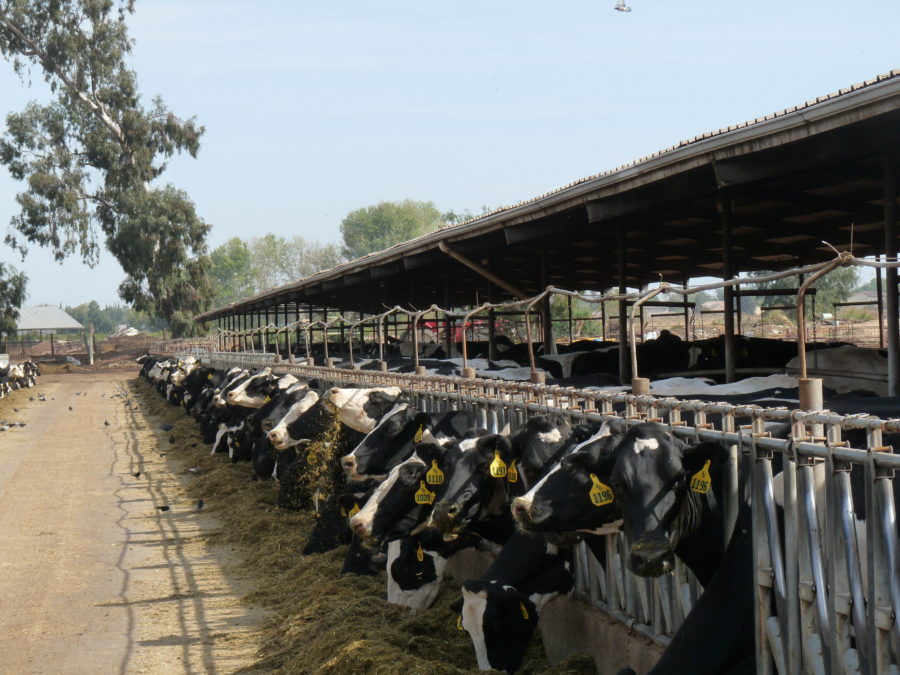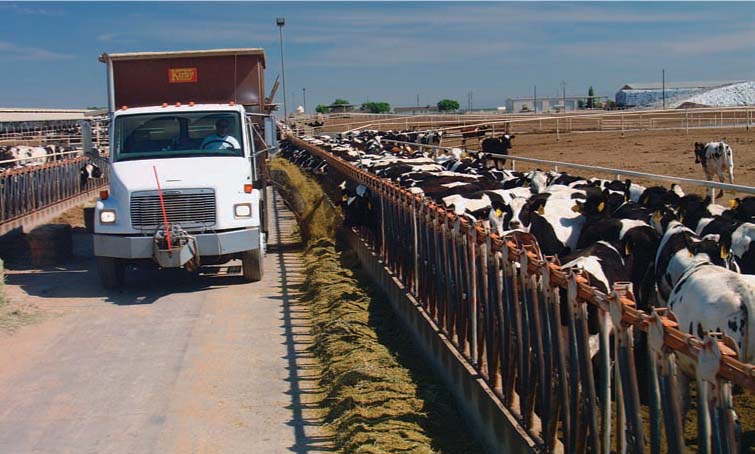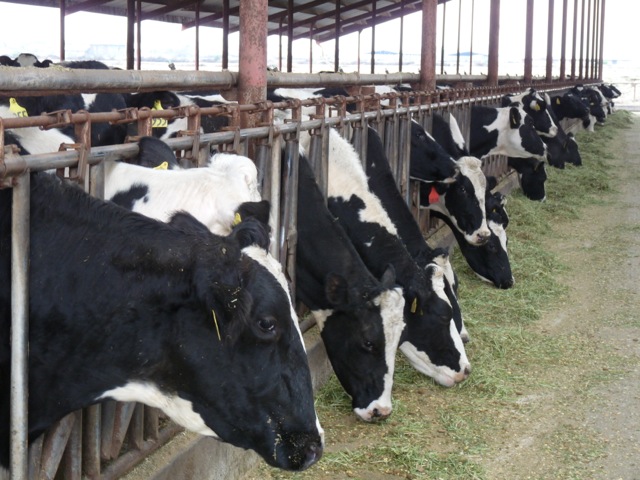A Decisive Victory for Small Dairy Farms in California
“This ruling ends a cynical back door attempt to illegally take assets from dairy farmers.” – Niall McCarthy, Cotchett, Pitre & McCarthy
SACRAMENTO CA—A decisive victory for small family dairy farms was won this week in what has been called a civil war in the California dairy industry. In a proceeding before The California Department of Food and Agriculture, Administrative Law Judge Timothy J. Aspinwall issued a much-awaited decision on a petition that could have put hundreds of California family dairy farms out of business. Fortunately for those farms, the administrative law judge ruled that the petition, which sought to eliminate California’s milk quota system was “not legally valid” and recommends that Secretary of Food and Agriculture Karen Ross deny the petition in its entirety.





























